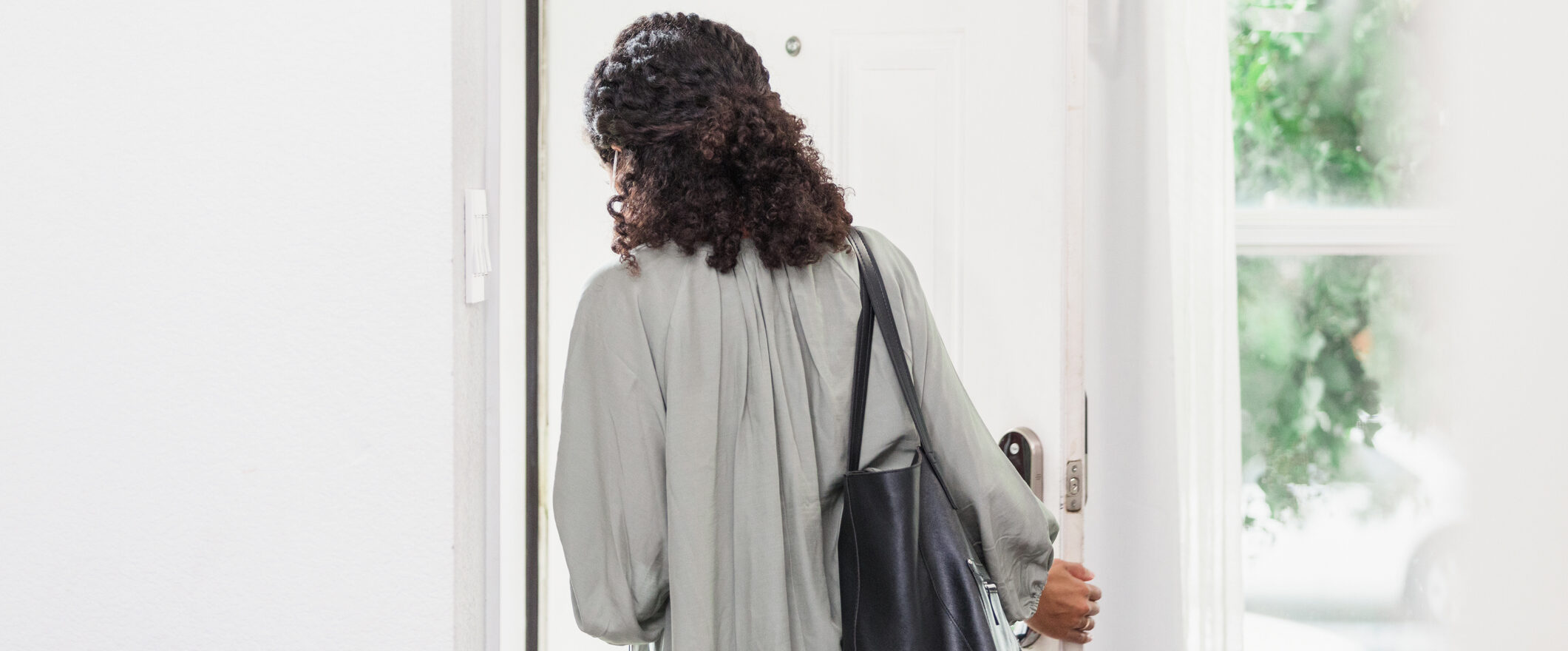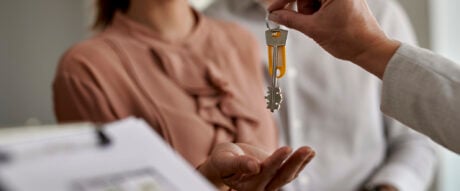Knowing how to save for a down payment and how to make the most of those savings is key to achieving your goal of becoming a homeowner.
What’s the minimum down payment for a house?
A down payment is the amount of money you pay upfront to purchase a home. When applying for a mortgage, you’ll have to show that you can pay a certain percentage of the home’s price as a minimum down payment.
In Canada, minimum down payment amounts depend on the home’s price:
| Purchase price | Minimum down payment required |
|---|---|
| Less than $500,000 | 5% of the purchase price |
| $500,000 to $1 million (upper limit changing to $1,499,999 on December 15, 2024). | 5% of the purchase price for the first $500,000; 10% for the portion above $500,000 |
| $1 million or more (changing to $1.5 million or more on December 15, 2024). | 20% of the purchase price |
Let’s say you’re planning to buy a home that has a purchase price of $490,000. You would need a 5% down payment of $24,500. On the other hand, if you’re looking at a property that costs $800,000, you would need to save $55,000 for the down payment.
Many people try to come up with a down payment of at least 20% of the purchase price to avoid the need for mortgage default insurance, which is typically required if your down payment is smaller.
Others may apply for a mortgage as soon as they have the minimum down payment for homes in their area, to get into the market faster.
The strategy you use is a personal choice, but it also depends on housing prices in your region and the amount of money you qualify to borrow from a mortgage lender.
Best Mortgage Rates in Canada
Compare Canada’s top mortgage lenders and brokers side-by-side and find out the best mortgage rates that will meet your need
How to save a down payment
For many people, saving up a down payment isn’t a quick process.
For example, let’s say you need a down payment of $30,000 to buy a home in your area. If you can manage to save $500 a month, it will take you 60 months, or 5 years, to reach your savings goal.
If you can’t save that much each month, or home prices are high in your area, you might need to save for longer or adjust your expectations about the size, type or location of the home you’ll buy.
Whether you want to buy in the next two years or are saving for a purchase far in the future, there are a few strategies that can help you save a down payment more quickly.
Cut your expenses
If buying a home is your top priority, try to cut any unnecessary spending. Take a look at your budget and see if there are any costs you can reduce, such as entertainment, dining out, travel, etc. Every dollar you save on nonessentials can be put towards your home down payment.
You might even want to consider more drastic measures such as selling your car, advertising for a roommate, or moving back home with your parents, if possible, as these major life changes could significantly lower your monthly expenses.
Nerdy Tip: If you have high-interest debt, such as outstanding credit card balances, consider paying that down before trying to save in earnest. Saving up a down payment is going to be harder, and potentially less productive, if you’re paying 20% or more in interest on a credit card. You could end up spending more to service your debt than what you can save.
Store savings in the right type of account
Saving up tens of thousands of dollars is hard work; storing those funds in an account that earns interest is a way to accelerate the process.
High-interest savings account (HISA)
Many standard bank savings accounts pay fairly low interest rates. High-interest savings accounts, particularly those offered by online banks, usually offer better rates of return. Taking the extra step to open a new HISA account could accelerate your savings significantly over time.
Nerdy Tip: Set up automatic transfers from your chequing account to your savings account. For example, if you can afford to save $100 from each paycheque, set up a recurring transfer from your chequing account the day after you receive each paycheque. Then, as you adjust to saving, you can slowly increase the amount you’re transferring or make manual transfers when you have additional funds.
First home savings account (FHSA)
An FHSA is a tax-free account that helps Canadians save for their first home. If you’re at least 18 years old, you can open and contribute up to $8,000 per year towards a future home purchase via an FHSA. If you’re not able to contribute the full amount, you can carry up to $8,000 contribution room forward to the next year.
You can contribute up to $40,000 total to your FHSA, and you won’t pay income tax on funds you withdraw to buy or build your first home. Plus, your FHSA contributions are deductible on your income tax return. These benefits make the FHSA a great place to save your down payment, especially if you’re worried you might be tempted to spend the money on other purchases, in which case your withdrawals would be taxed.
Plan ahead to take advantage of the Home Buyers’ Plan
The Home Buyers’ Plan (HBP) is a program that allows you to borrow up to $60,000 from your registered retirement savings plan (RRSP) tax-free. You need to repay the funds to your RRSP within 15 years.
Of course, you must contribute to your RRSP in order to borrow from it. So if you think you’ll want to use the HBP to help you make your down payment, start paying into your RRSP as early as possible. Each year, you can contribute up to either 18% of the income you earned in the previous year or a set amount (for 2024, it’s $32,490).
Choose low-risk investments
For many people, the idea of saving a down payment for multiple years is challenging. They may start to wonder if it’s a good idea to invest their down payment so their money can grow faster. While it’s certainly possible to see some gains if you were to invest your down payment savings, this strategy could also backfire — and you could lose money.
If you plan to buy your first home in the next couple of years, your best bet is to keep your down payment in cash in a HISA or some type of tax-free savings account. For slightly more growth, you could also invest in a product that has minimal risks, such as a guaranteed investment certificate (GIC), which you can hold within your TFSA or FHSA.
DIVE EVEN DEEPER

Canada’s RRSP Home Buyers’ Plan: How it Works, Who Can Use It
The Home Buyers Plan is a government program that allows Canadian homeowners to withdraw up to $60,000 from their RRSPs to help fund a first home purchase.

First-Time Home Buyer Grants and Assistance Programs
Various grants and assistance programs in Canada can make it easier and more affordable to buy your first home.



